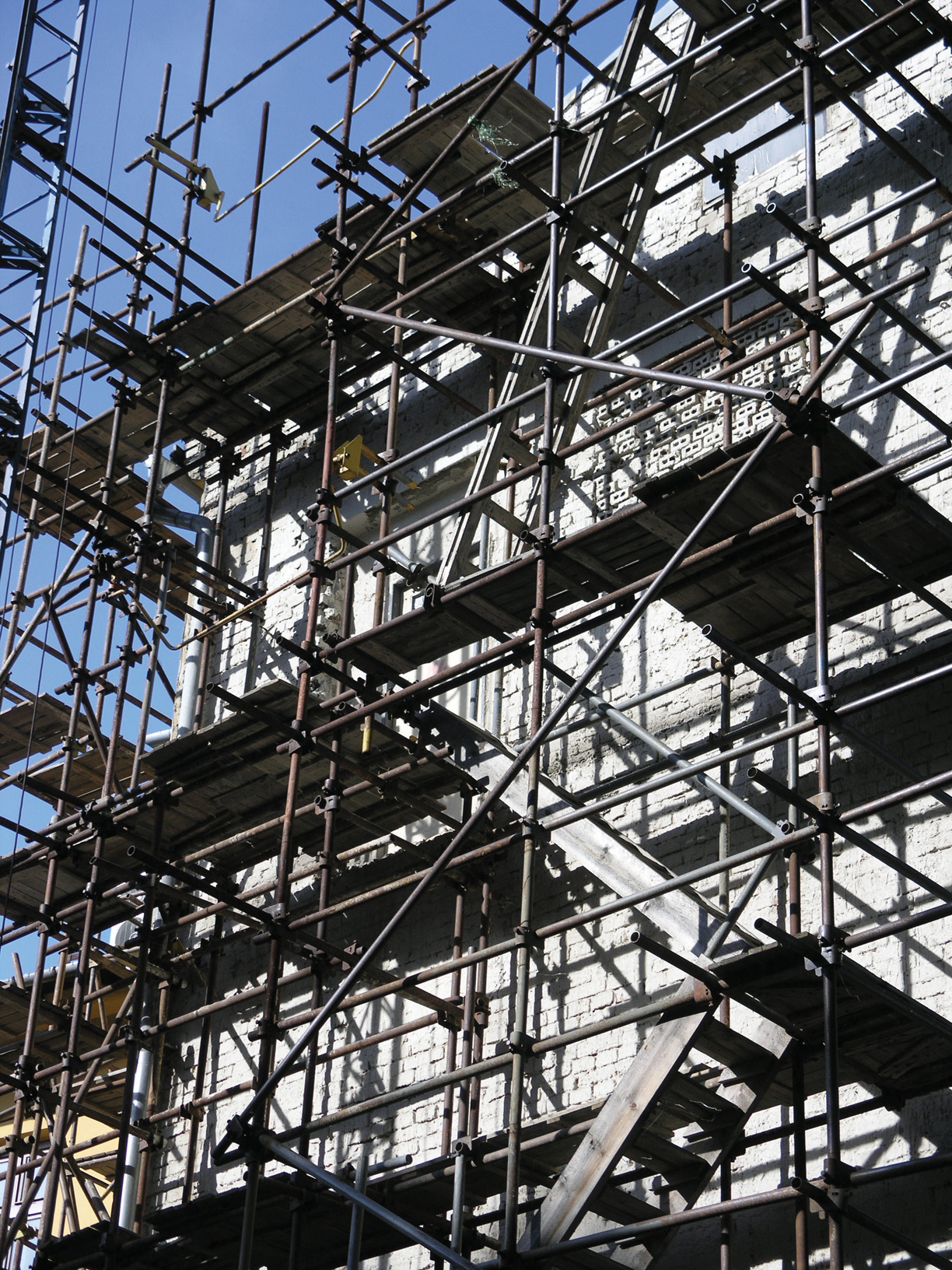This is “Project Defined”, section 1.2 from the book Beginning Project Management (v. 1.1). For details on it (including licensing), click here.
For more information on the source of this book, or why it is available for free, please see the project's home page. You can browse or download additional books there. To download a .zip file containing this book to use offline, simply click here.
1.2 Project Defined
Learning Objectives
- Describe two defining characteristics of a project.
- Organize projects within projects.
The Project Management Institute (PMI) defines a projectA temporary activity undertaken to create a product, service, or result that is unique. by its two key characteristics. All projects are temporary and undertaken to create a product, service, or result that is unique.Project Management Institute, Inc., A Guide to the Project Management Body of Knowledge (PMBOK Guide), 4th ed. (Newtown Square, PA: Project Management Institute, Inc., 2008), 5. These two simple concepts create a work environment that mandates different management approach from that used by an operations manager, whose work is oriented toward continuous improvement of existing processes over longer periods of time. A project manager needs a different set of skills to both define and successfully execute temporary projects. Because projects are temporary, they have a defined beginning and end. Project managers must manage start-up activities and project closeout activities. The processes for developing teams, organizing work, and establishing priorities require a different set of knowledge and skills because members of the project management team recognize that it is temporary. They seldom report directly to the project manager and the effect of success or failure of the project might not affect their reputations or careers the same way that the success or failure of one of their other job responsibilities would.
Figure 1.2

Projects are temporary.
© 2010 Jupiterimages Corporation
The second characteristic of a project, the delivery of a unique product, service, or result, also changes the management approach to the work. A project manager must take time to understand the deliverables of a project, develop a plan for producing the deliverables in the time available, and then execute that plan.
Projects are also defined within the context of larger projects as the following example illustrates.
National Energy Plan
The National Energy Technology Laboratory laid out a plan for a national energy policy that had a clear and identifiable outcome—providing reliable, affordable, and environmentally sound energy.National Energy Technology Laboratory, “Reliable, Affordable, and Environmentally Sound Energy for America’s Future,” The Energy Lab, 2001, http://www.netl.doe.gov/publications/press/2001/nep/nep.html (accessed June 18, 2009). The details of this plan will be revised and updated, but the general goals are likely to remain unchanged. To accomplish these goals, the project requires the development of new technologies, complex scheduling and cost control, coordination of a large number of subcontractors, and skillful stakeholder management. Development of each of the major components became a project for the winning contractors within the larger project of providing reliable, affordable, and environmentally sound energy. Contractors for cleaner use of fossil fuels, conservation efforts, and development of renewable energy sources would manage major projects. Each project has to develop new technologies, manage a large number of subcontractors, and manage the stakeholders at the Department of Energy.
Each subcontractor or work unit becomes a project for that organization. The project is defined by the scope of work. In the energy policy, the scope of work included all activities associated with reducing use of fossil fuels and reliance on imported energy. Using our definition that a project is a temporary endeavor that creates a unique product or service, implementation of the energy policy would be a project that consists of other projects, such as development of the following:
- Wind power
- Solar power
- Electricity transmission
- Electricity storage
- New nuclear reactor design and installation
- Other renewable energy sources
- Biofuels
- Electric vehicles
- Nonpolluting use of coal and natural gas
- Environmental protection
Key Takeaways
- All projects are temporary and undertaken to create a product, service, or result.
- Projects can contain smaller projects.
Exercises
- The project scope is the _____ required to complete the project successfully.
- According to PMI, all projects are ________ and undertaken to create a product or service that is unique.
- Projects can contain ___________ projects.
- What are two defining characteristics of a project that distinguish it from a process?
- If you were planning to move from your current apartment or home to another location, would this qualify as a project? Explain your answer.
Projects within Projects
Choose a large public works project such as the construction of a new high school. Identify at least five phases to this project that could be treated as projects within a project. Specifically state how each project meets the definition of a project, and describe the product, service, or result of each project and why it is temporary.




